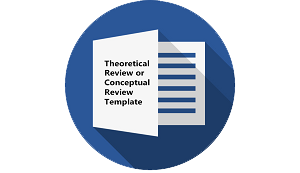PENGAJARAN PRIBAHASA BAHASA INDONESIA MENGGUNAKAN MODEL PASANGAN MAKNA
DOI:
https://doi.org/10.30957/lingua.v12i2.44Keywords:
proverbs, paired meaning, gamesAbstract
This paper describes theoretical framework on (1) theoretical underpinning of paired meaning, (2) instructional activities explaining proverbs using paired meaning, and (3) identifying benefits and weaknesses of paired meaning techniques. This paper used content analysis to analyze data. The analyses showed that (1) paired meaning techniques are a techniques developed upon active teaching-learning. Its implementation integrates two techniques: play and discovery; (2) Teaching techniques are implemented through identifying paired meaning from the proverbs randomly. The search is developed through simulation from paired group or in group; (3) Model of paired meaning has benefits that it improves students’ motivation through games, but it is short of spending too much time in the implementation.
Downloads
Downloads
Published
How to Cite
Issue
Section
License
Authors who publish with this journal agree to the following terms:
- Authors retain copyright and grant the journal right of first publication with the work simultaneously licensed under a Creative Commons Attribution-ShareAlike 4.0 International License that allows others to share the work with an acknowledgement of the work's authorship and initial publication in this journal.
- Authors are able to enter into separate, additional contractual arrangements for the non-exclusive distribution of the journal's published version of the work (e.g., post it to an institutional repository or publish it in a book), with an acknowledgement of its initial publication in this journal.
- Authors are permitted and encouraged to post their work online (e.g., in institutional repositories or on their website) prior to and during the submission process, as it can lead to productive exchanges, as well as earlier and greater citation of published work (See The Effect of Open Access).















